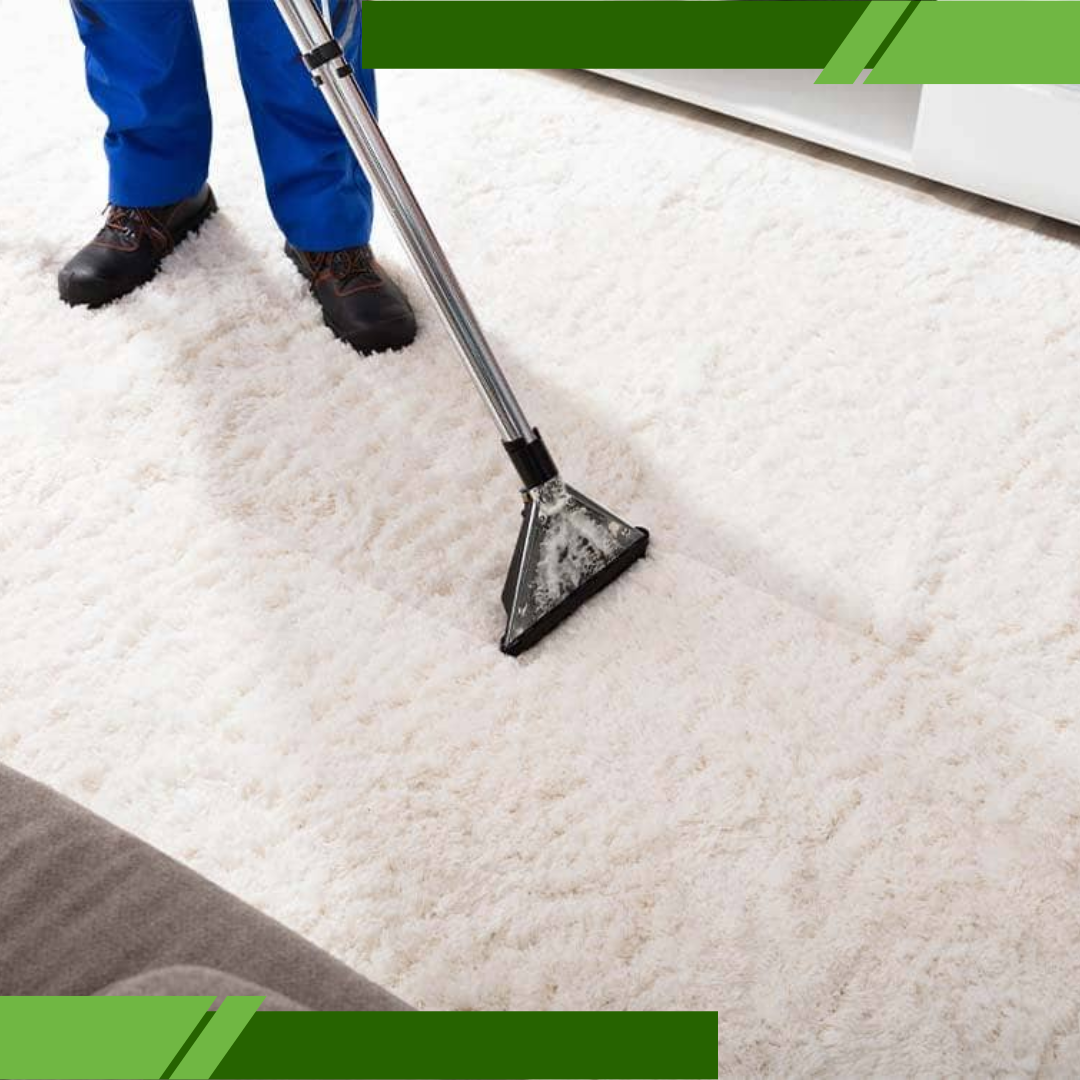Get in touch
Fill this up to proceed

We are committed to providing a world-class carpet, rug, upholstery, drapery or mattress cleaning services that will open your door to a happier and healthier green indoor environment.
Rugs add warmth, charm, and comfort to a Malibu home, but they collect dirt, allergens, and bacteria without care. Maintaining a clean and healthy home requires understanding rug cleaning frequency. Whether you have a luxury living room rug or a hallway runner, understanding how regularly to clean it can improve indoor air quality, attractiveness, and longevity. Foot traffic, material, pets, and children affect rug cleaning frequency. This handbook provides daily maintenance tips, deep cleaning recommendations by material type, and use-based cleaning frequency.
One of the most effective ways to manage rug cleaning frequency is through regular vacuuming. This routine prevents dirt and debris from embedding deep into fibers, which helps preserve both the appearance and lifespan of the rug. Neglecting vacuuming not only dulls your rug but also leads to premature wear due to friction from foot traffic.
Here’s a quick guide to vacuuming frequency by use:
Vacuuming should align with your rug’s material. Use suction-only vacuums for delicate fibers and a brush roll for durable, high-pile rugs. Also, make sure to vacuum beneath and around your rugs to maintain consistent rug cleaning frequency and avoid hidden allergen buildup.

While vacuuming is effective at removing surface debris, it is also necessary to pay attention to the deeper layers of your carpeting. Even if your rug looks to be clean, you should still perform a deep cleaning on it because it is an essential component of the standard rug cleaning frequency. As a result of its ability to eliminate odors, allergies, and deeply ingrained filth, it assists in restoring the color and softness of the rug. Deep cleaning intervals that are recommended are:
Indicators that it’s time to deep clean include lingering smells, faded color, stains that won’t lift, or worsened allergy symptoms. You can use steam cleaners, carpet shampooers, or hire Rug Cleaning Malibu—just always follow care labels to avoid shrinkage or damage.

Rug cleaning frequency also depends heavily on the type of material. Each fabric has different tolerances and cleaning needs, so knowing your rug’s material helps you clean it safely and effectively. Cleaning frequency by material:
Important care tips include using a rug pad to reduce wear, rotating the rug to even out foot traffic, and avoiding harsh chemicals that can damage fibers. Following these practices ensures the right rug cleaning frequency without compromising material integrity.
A consistent rug cleaning frequency can be achieved by a combination of factors, including routine vacuuming and scheduled deep cleaning, as well as immediate spot cleaning and seasonal care. Addressing spills as soon as they occur is the best way to avoid stains from becoming permanent and to keep the appearance of the area tidy in the interim between major cleanings.
Spot cleaning tips:
Seasonal rug maintenance:
Apply a rug protector spray every 6–12 months to help reduce the need for emergency cleanings and maintain your rug between scheduled rug cleaning frequency intervals.
Yes, many rugs can be cleaned at home, but fragile, large, or antique rugs are best left to professionals to maintain proper rug cleaning frequency without risking damage.
If your rug smells, looks dull, has stains, or worsens allergy symptoms, it’s time. Even if none are present, annual deep cleaning aligns with ideal rug cleaning frequency.
Air drying is preferred. Avoid high heat, which can damage the fibers. Lay rugs flat or hang them outdoors if the weather allows.
No, not if the correct vacuum and settings are used. Beater bars should be avoided on delicate rugs.
Not always. Steam can harm wool, silk, and vintage rugs. Always check the manufacturer’s recommendations to protect against damage.

We are committed to providing a world-class carpet, rug, upholstery, drapery or mattress cleaning services that will open your door to a happier and healthier green indoor environment.
We are committed to providing a world-class carpet, rug, upholstery, drapery or mattress cleaning services that will open your door to a happier and healthier green indoor environment.